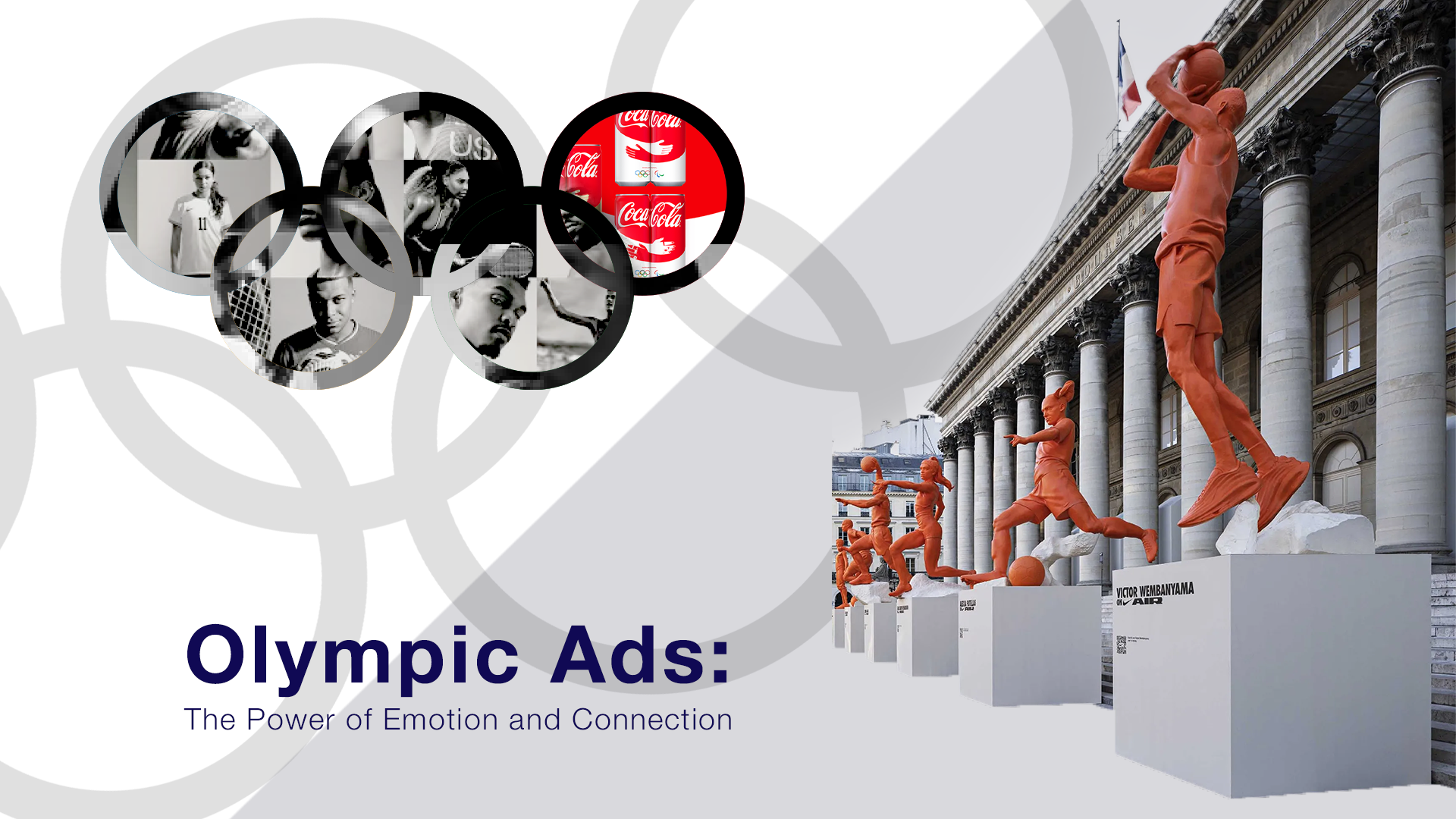Did you know that nearly 60% of employees report feeling emotionally drained by the end of each workday? With the evolution of the labor market, focusing on employee well-being has ceased to be a luxury or a one-off initiative—it has become a necessity for survival and the foundation for long-term success.
The driving force behind a company is its strong employees. The viability of an organization depends on the realized potential and well-being of each worker. Experience and international empirical research show a direct link between employee well-being and their productivity, effectiveness, and commitment to the organization. The higher the employee's well-being, the more they are a team player, show empathy toward others, and are more productive and effective in their work processes, which is the cornerstone of organizational success.
Given this situation, it has become evident to modern HR specialists and managers that well-being is not an additional but an integral value of the company. Consequently, for proactive, development-oriented organizations, one of the primary tasks is to implement a human-centered culture, ensure a safe environment for employees, and promote their well-being. This involves increasingly frequent and prioritized adoption of various supportive approaches and interventions.
The Concept of Well-Being
Well-being is a comprehensive concept that, according to the perspective of positive psychology, extends beyond rational factors to include psychological aspects such as socio-emotional, mental, and cognitive resilience. Various theoretical reviews and empirical studies suggest that achieving employee happiness and well-being in an organization is contingent upon providing various motivational factors and circumstances:
Emotional Well-Being: Numerous studies confirm that employees' emotional resilience, ability to self-regulate and adapt emotions, optimism, and positive attitude toward work significantly influence work motivation, approach to tasks, and the quality of work performed. Conversely, a combination of negative emotions such as anxiety, tension, and irritation can lead to emotional burnout and professional exhaustion. These symptoms often become primary or at least indirect causes of job departure.
Social Well-Being: Considering that employees spend a third of their time at work, the style of interaction in the work environment, opportunities for receiving and exchanging support and empathy, are particularly important. Factors such as cooperation, shared joy, a sense of belonging, pride in achievements, and belief that the environment supports and values you, are guarantees of a safe environment and healthy social interaction, which, in turn, forms the basis for employee retention and the accumulation of positive capital in the long term.
Professional Well-Being: An employee’s perception of their activities and role is a critical component of well-being. Organizations need to be aware: is the employee passionate about what they do? Do they believe in the importance of their work? Do they consider their work valuable? How competent do they feel? Do they have a sense of autonomy? Do they see their contribution to achieving the company's overall goals and vision? These questions determine internal motivation, interest, productivity, and ultimately, employee effectiveness. Providing career paths, opportunities for continuous learning, and recognizing employee achievements are effective strategies for enhancing professional well-being.
It is clear that a high level of professional well-being is key to employee productivity and, consequently, to the effectiveness and success of the organization.
Physical Well-Being: Beyond physical endurance, a crucial aspect is the feeling of safety and security in the workplace. It is also important for the organization to understand how work conditions and the environment contribute to employees feeling good and being productive.
Financial Well-Being: The importance of this aspect relates to how employees' financial security, fairness, and adequacy of compensation compared to the work performed significantly impact their motivation, attitude toward work, and desire for long-term collaboration with the company.
Thus, focusing on individual aspects of well-being, as well as the overall picture, improves indicators of resilience, engagement, and productivity; strengthens organizational loyalty; creates a healthy and positive work climate; fosters a high-performance culture; and ultimately enhances the organization's internal success, ecosystem, viability, as well as productivity and reputational resilience.
Well-Being Diagnosis
We believe that the first step towards creating a human-centered, safe environment in an organization is assessing the components whose combination is essential for achieving well-being. Well-being diagnostics allow the organization to understand what employees think and feel, identify issues in organizational climate and culture, and determine which well-being parameters require more attention and targeted interventions.
To this end, ACT has developed a unique model—the Employee Well-Being Matrix—which is based on a holistic view of well-being and symmetrically provides organizations with data on both overall and specific well-being indicators—where it is stable and where it requires support.
The Matrix: A Compass for Employee Well-Being
The Well-Being Matrix is like a lens that allows you to see even the most challenging organizational well-being issues. In this labyrinth, the matrix is not just a diagnostic tool but a symbol of balance and clarity. Research identifies pain points, and targeted responses to them make strategic interventions much more effective.
We believe that just as the matrix creates balance, sequence, and structure in complex and sometimes chaotic data, the Well-Being Matrix will bring similar clarity and a clear vision to organizations, serving as an important compass on the path to creating a human-centered, positive climate.






